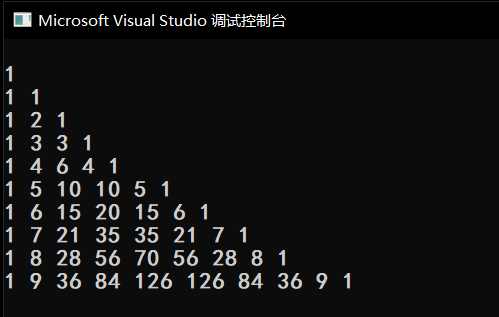This article was last updated on February 5, 2022, and has not been updated for more than 22 days. If the article content or picture resources fail, please leave a message and feedback. I will deal with it in time. Thank you!
Two dimensional array
- General form:
- Type specifier array name [constant expression] [constant expression];
- for example
- int a[3][4]; Describes an array with three rows and four columns. The array name is a and the type of its subscript variable is integer.
- Storage of two-dimensional array in memory
- Two dimensional array is two-dimensional in concept, but the actual hardware memory is continuously addressed, that is, the memory units are arranged in one-dimensional linear array.
- In C language, a two-dimensional array is arranged in rows, that is, after one row is placed, it is placed in the second row in sequence.
Reference of two-dimensional array
- General form:
- Array name [subscript] [subscript]
- for example
- b[1][2]=a[2][3]/2;
- Subscripts can be integer expressions.
- For example: a[2][3], a[2-1][2*2-1]
- The subscript value should be within the defined array size.
- For example: int a[3][4]; a[3][4]=3; Wrong definition a is an array of 3 rows and 4 columns. The subscript starts from 0. The maximum subscript of the row is 2 and the maximum subscript of the column is 3
Initialization of two-dimensional array
- Assign initial values to the two-dimensional array.
- For example: int a [3] [4] = {1,2,3,4}, {5,6,7,8}, {9,10,11,12};
- Write all data in a flower bracket and assign initial values to each element in the order of array arrangement.
- For example: int a [3] [4] = {1,2,3,4,5,6,7,8,9,10,11,12};
- Assign initial values to some elements.
- For example: int a [3] [3] = {1}, {2}, {3}; Assign a value to the first column element of each row, and the unassigned element takes the value of 0.
- After assignment
- 1 0 0
- 2 0 0
- 3 0 0
- If all elements are given initial values, the length of the first dimension may not be specified when defining the array, but the length of the second dimension cannot be omitted.
- For example: int a [3] [4] = {1,2,3,4,5,6,7,8,9,10,11,12};
- It can be written as: int a[][4]={{1,2,3,4,5,6,7,8,9,10,11,12};
example
There is a 3 × 4 matrix, which requires programming to find the value of the element with the largest value, as well as its row number and column number.
#include<stdio.h>
main()
{
int max, a[3][4],i,j,x,y;
max = a[0][0];
printf("Please enter data\n");
for (i = 0; i <= 2; i++){
for (j = 0; j <= 3; j++) {
scanf_s("%d", &a[i][j]);
}
}
for (i = 0; i <= 2; i++) {
for (j = 0; j <= 3; j++) {
if (max < a[i][j]) {
max = a[i][j];
x = i+1;
y = j+1;
}
}
}
printf("max=%d,In the first%d OK, page%d column", max, x, y);
}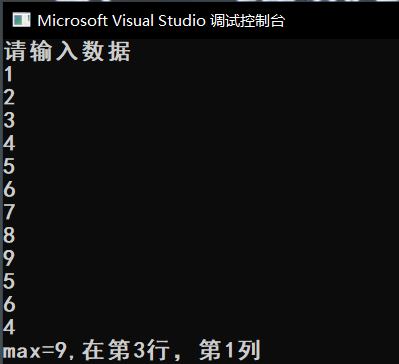
Exchange the elements of rows and columns of a two-dimensional array and store them in another two-dimensional array.
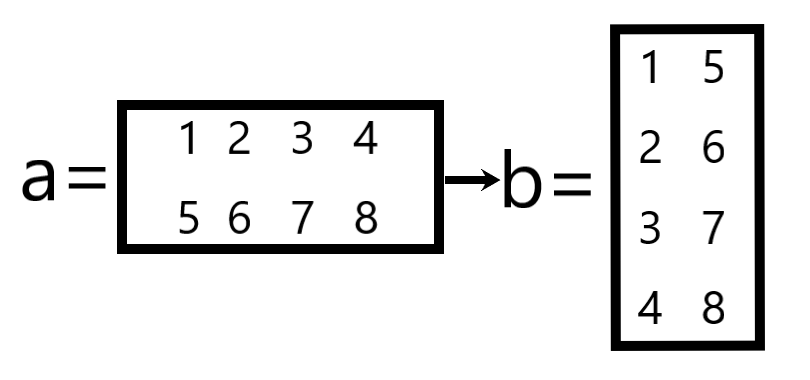
#include<stdio.h>
main()
{
int a[2][4],b[4][2],i,j;
printf("Please enter data\n");
for (i = 0; i <= 1; i++){
for (j = 0; j <= 3; j++) {
scanf_s("%d", &a[i][j]);
}
}
printf("\n");
for (i = 0; i <= 1; i++) {
for (j = 0; j <= 3; j++) {
b[j][i] = a[i][j];
printf("%d ", a[i][j]);
}
printf("\n");
}
printf("\n");
for (i = 0; i <= 3; i++) {
for (j = 0; j <= 1; j++) {
printf("%d ", b[i][j]);
}
printf("\n");
}
}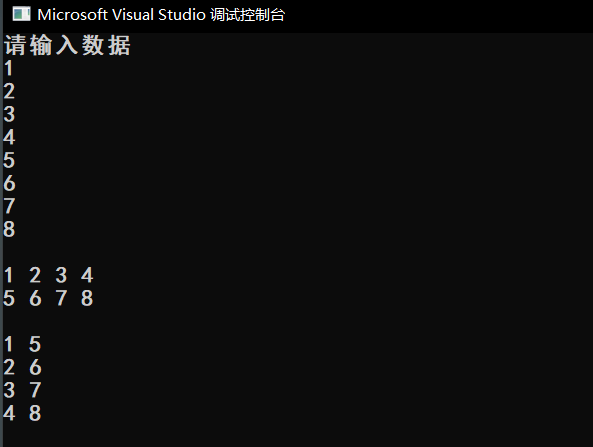
The diagonal of the two-dimensional array a10 is 1 and the others are 0.
#include<stdio.h>
void main()
{
int a[10][10],i,j;
for (i = 0; i <= 9; i++){
for (j = 0; j <= 9; j++) {
if (i == j||i+j==9) {
a[i][j] = 1;
}
else
{
a[i][j] = 0;
}
}
}
printf("\n");
for (i = 0; i <= 9; i++) {
for (j = 0; j <= 9; j++) {
printf("%d ", a[i][j]);
}
printf("\n");
}
}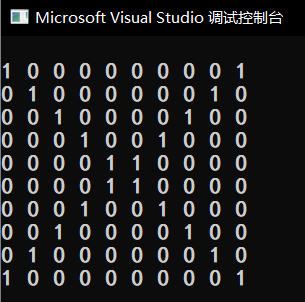
Print out the following 10 lines of Yang Hui triangle
1 1 1 1 2 1 1 3 3 1 1 4 6 4 1 1 5 10 10 5 1 1 6 15 20 15 6 1 1 7 21 35 35 21 7 1 1 8 28 56 70 56 28 8 1 1 9 36 84 126 126 84 36 9 1
#include<stdio.h>
void main()
{
int a[10][10],i,j;
for (i = 0; i <= 9; i++){
for (j = 0; j <= i; j++) {
if (j == 0 || j == i) {
a[i][j] = 1;
}
else
{
a[i][j] = a[i - 1][j - 1] + a[i - 1][j];
}
}
}
printf("\n");
for (i = 0; i <= 9; i++) {
for (j = 0; j <= i; j++) {
printf("%d ", a[i][j]);
}
printf("\n");
}
}